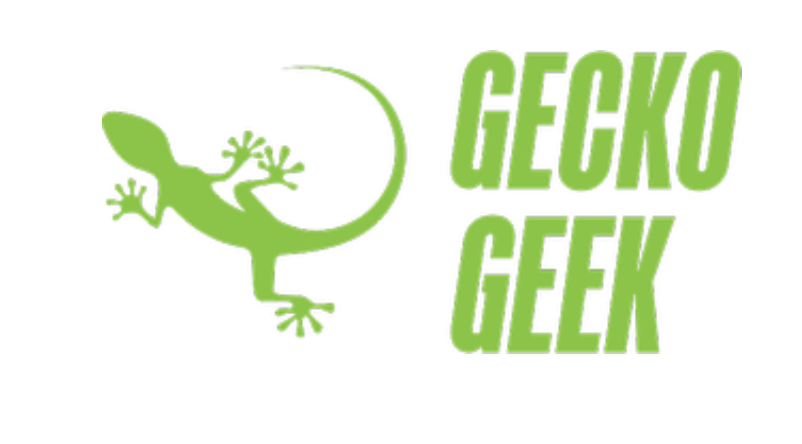One of the first things that reptile owners think about once they’ve purchased their vivarium, tank or enclosure is what to put in it. From decorations, food and heat lamps there is an awful lot to think about.
But what often gets swept under the rug, is the best types of substrate to use. With endless options of substrates available, it can be difficult to decide on the best flooring to use for your reptile.
At times it can be complicated what you can and cannot use. Some substrates can be harmful to your reptile depending on its species, therefore, you’ll want to pay attention to what works well.
A reptile carpet is a soft substrate, that can be cut into any shape, however, looks after the underbelly of your reptile. Once it has become slightly ragged, with your reptile going to the toilet or just general dirtiness with food and vegetation, you can simply wash it and put it back down.
Reptile carpets are one of the most popular substrates within the reptile community. Not only are they simple to use, but they also add to the aesthetics of your enclosure.
Benefits of a reptile carpet?
The reverse side of a reptile carpet is incredibly stiff and is a strong absorbent. This makes it incredibly difficult for your reptile to tear through it, eat it and makes the flooring of your enclosure safe.
They are also incredibly affordable in comparison to some other substrates. Instead of having to purchase additional bags of substrate once you’ve cleaned out your reptiles enclosure, you can simply wash it clean and put it back. It takes the hassle out of cleaning your reptiles enclosure and you know that when you replace it, it will still be just as safe as when you took it out.
It is important to remember, however, that whilst cleaning it will make it reusable, once the fibres start to become loose, you should replace the carpet. Loose fibres are easily caught in the reptile’s small feet, especially in between their toes – possibly causing injury to your pet. To avoid this, either replace your carpet or, a nifty trick is applying the iron to it. A hot iron will aid to eliminate any fibre curls, keeping your pet out of harm’s way.
Here are some top tips when using a reptile carpet:
- Clean it daily. When faecal matter is spotted, remove it immediately. This will ensure that your pet reptile doesn’t step in it, causing irritation. You’ll need to take it out of the enclosure to wash every other week. After around 3-4 washes, you’ll start to see plenty of fibre curling, so be sure to replace the carpet.
Negative sides of a reptile carpet
Due to its ability to absorb lots of moisture, it also absorbs plenty of bacteria to go with it. If you don’t clean it regularly, or thoroughly, it is incredibly unsanitary for your reptile. With the moisture being trapped within the layers of the carpet, bacteria can thrive and spawn – creating a harmful environment for your pet.
Some ground-dwelling reptiles enjoy the ability to dig through their substrate, burrow or hide. However, with a carpet, you’re removing their natural desire to do this. Whether it be their behaviour, because they’re stressed or even breeding – it is not the best flooring to be used for your pet.
If you enjoyed this article you might also like to read about Leopard Gecko bedding


1 thought on “What is a Reptile Carpet?”